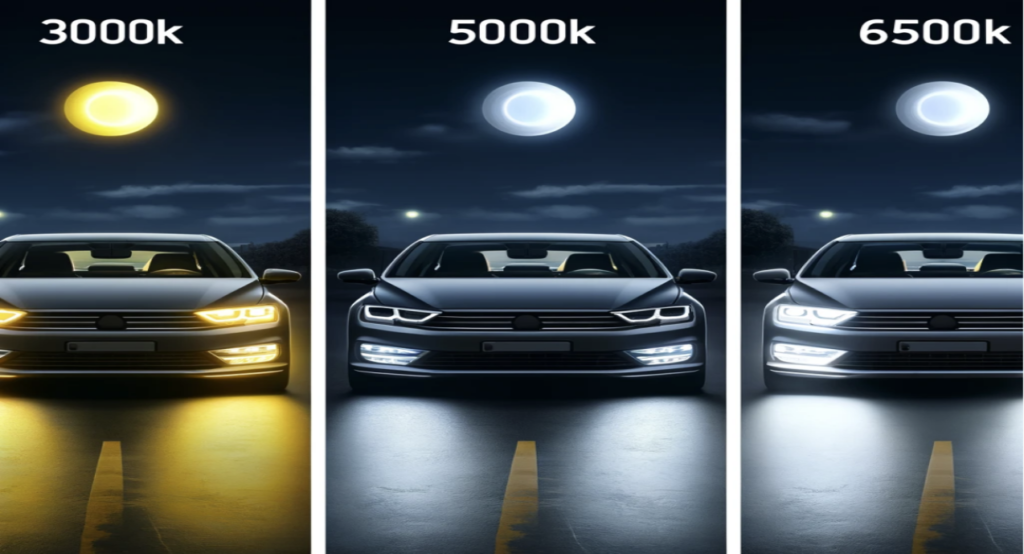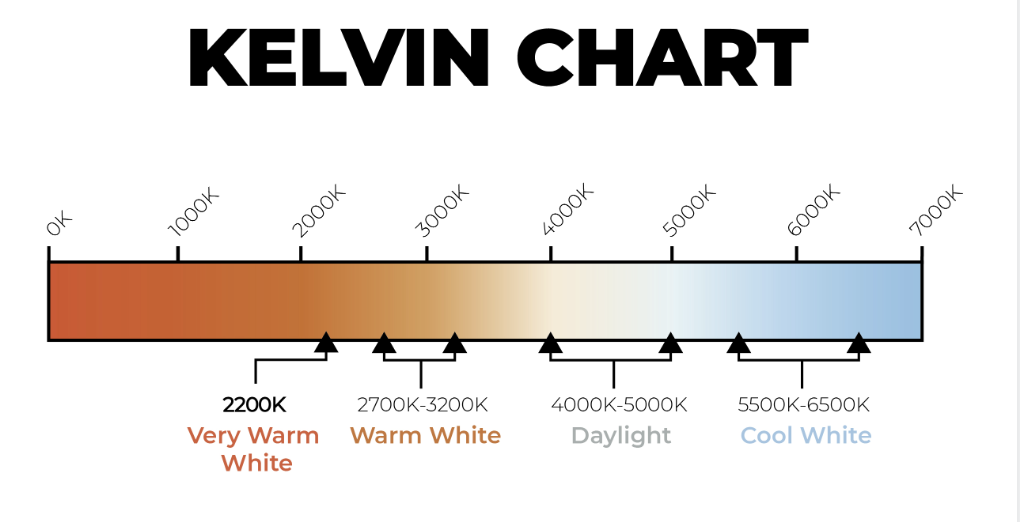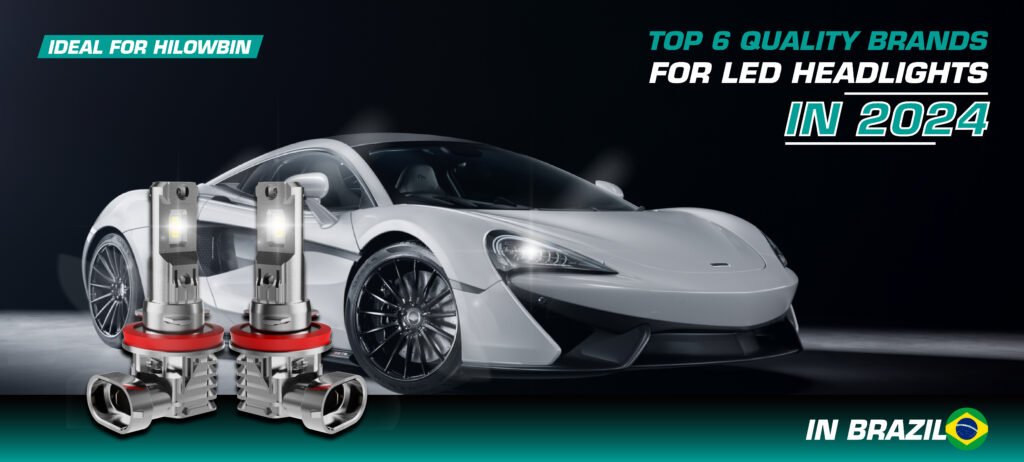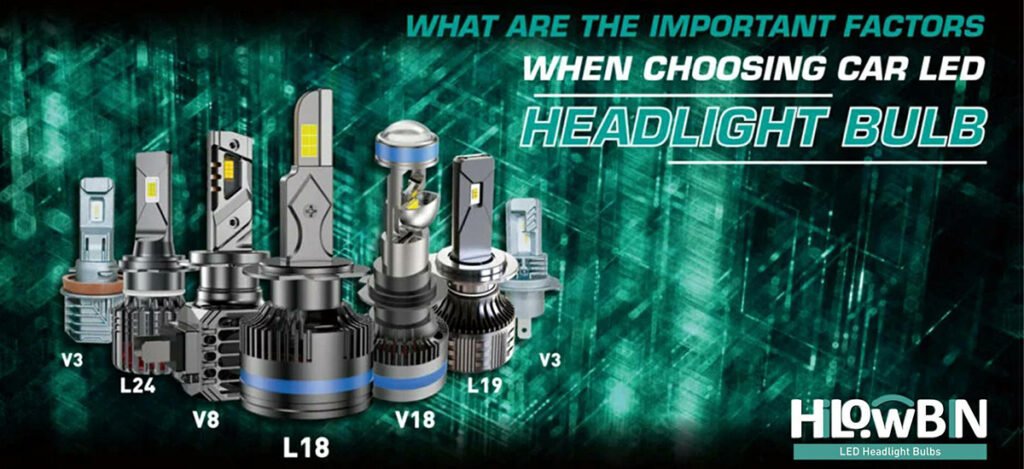Choosing the Right Color Temperature for Your Car’s LED Headlights
When it comes to enhancing your vehicle’s lighting with LED headlights, selecting the right color temperature is crucial not just for aesthetics, but for safety and visibility under different weather conditions. Color temperature, measured in Kelvins (K), determines the hue of the light emitted by your LED bulbs. Let’s explore the spectrum of color temperatures available and which ones are best suited for various driving environments.
Understanding Color Temperature

Color temperature ranges from warm yellow lights to cool blue tones:
Warm White (3000K – 4000K): Produces a yellowish hue, reminiscent of traditional halogen bulbs. This range is less common for headlight use but can be beneficial for fog lights due to its superior penetration in foggy conditions.
Pure White (4300K – 5000K): Offers a bright, white light that closely mimics daylight. This range is ideal for general use, providing excellent visibility without causing significant glare to other drivers.
Cool White (5500K – 6500K): Emits a slightly blue-tinted white light, enhancing visibility in most driving conditions. This range is popular for its modern look and high contrast, especially suitable for clear night driving.
Blue Light (Above 6500K): Produces a distinct blue hue that, while stylish, can decrease visibility and is often not recommended for headlight use.
Matching Color Temperature with Weather Conditions
Selecting the appropriate color temperature for your LED headlights can significantly impact driving safety and comfort, particularly in challenging weather conditions.
Foggy Conditions & Rainy Weather: Warm white lights (3000K – 4000K) are effective in fog and rain. Their yellow hue penetrates fog better than cooler tones, reducing glare and improving visibility.

Clear Nights: Cool white (5500K – 6500K) is perfect for clear weather driving. Its resemblance to daylight helps in recognizing obstacles and road signs more efficiently.

Snowy Environments: Similar to foggy conditions, warmer lights might reduce glare on snow, though pure white lights (4300K – 5500K) can also provide sufficient visibility without the harshness associated with cooler temperatures.

Making Your Selection
When choosing the color temperature for your car’s LED headlights, consider the typical weather conditions you encounter and prioritize safety and visibility over aesthetics. While cooler temperatures might offer a modern look, the clarity and penetration of warmer to pure white lights can significantly enhance your driving experience, especially under adverse weather conditions.
Remember, the goal of your vehicle’s lighting is not just to see, but to be seen. The right color temperature can make all the difference in how effectively you navigate the road, regardless of the weather.
In conclusion:
This blog post aims to inform Hilowbin Automotive’s readers about the importance of choosing the correct color temperature for LED headlights, ensuring their choice enhances safety and driving comfort across various weather conditions.







